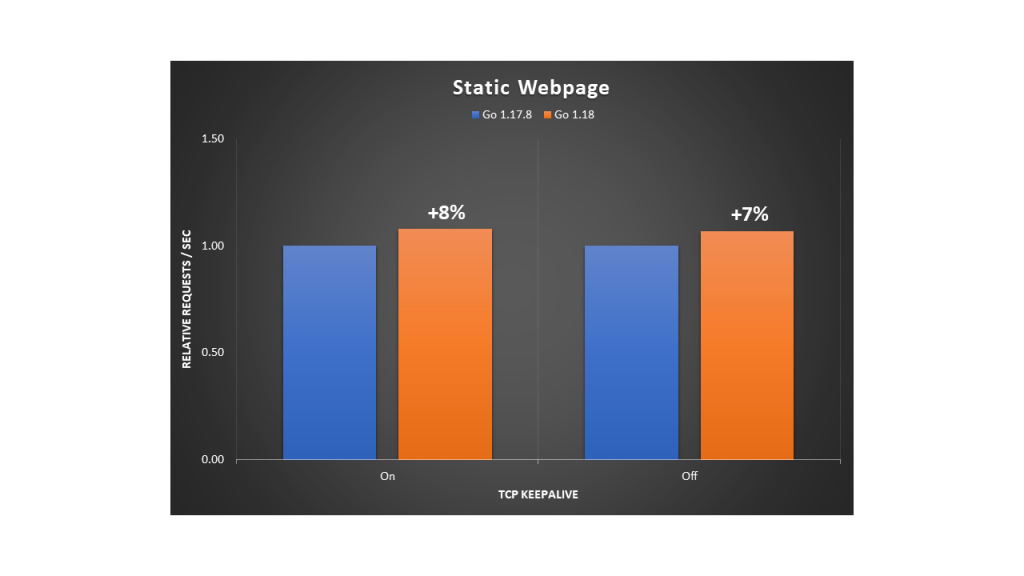AWS Compute Blog
Optimizing your AWS Lambda costs – Part 2
Cost optimization is an important part of creating well-architected solutions and this is no different when using serverless. This blog series explores some best practice techniques to help reduce your Lambda bill.
Optimizing your AWS Lambda costs – Part 1
This blog post explains how Lambda pricing works and how right-sizing applications and tuning them for performance efficiency offers a more cost-efficient utilization model. The results can also reduce latency, creating a better experience for your end users.
Testing Amazon EventBridge events using AWS Step Functions
This blog post outlines how to use Step Functions, Lambda, SQS, DynamoDB, and S3 to create a workflow that automates the testing of EventBridge events. With this example, you can send events to the EventBridge Event Tester endpoint to verify that event delivery is successful or identify the root cause for event delivery failures.
Making your Go workloads up to 20% faster with Go 1.18 and AWS Graviton
This blog post was written by Syl Taylor, Professional Services Consultant. In March 2022, the highly anticipated Go 1.18 was released. Go 1.18 brings to the language some long-awaited features and additions, such as generics. It also brings significant performance improvements for Arm’s 64-bit architecture used in AWS Graviton server processors. In this post, we […]
Building resilient private APIs using Amazon API Gateway
This post written by Giedrius Praspaliauskas, Senior Solutions Architect, Serverless. Modern architectures meet recovery objectives (recovery time objective, RTO, and recovery point objective, RPO) by being resilient to routine and unexpected infrastructure disruptions. Depending on the recovery objectives and regulatory requirements, developers must choose the disaster recovery strategy. For more on disaster recovery strategies, see […]
Introducing the PowerShell custom runtime for AWS Lambda
The new PowerShell custom runtime for AWS Lambda makes it even easier to run Lambda functions written in PowerShell to process events. Using this runtime, you can run native PowerShell code in Lambda without having to compile code, which simplifies deployment and testing. You can also now view PowerShell code in the AWS Management Console, […]
Node.js 16.x runtime now available in AWS Lambda
This post is written by Dan Fox, Principal Specialist Solutions Architect, Serverless. You can now develop AWS Lambda functions using the Node.js 16 runtime. This version is in active LTS status and considered ready for general use. To use this new version, specify a runtime parameter value of nodejs16.x when creating or updating functions or by using the appropriate […]
Debugging AWS Step Functions executions with the new console experience
Today, AWS Step Functions introduces a new opt-in console experience that makes it easier to analyze, debug, and optimize Standard Workflows. Builders create Step Functions workflows to orchestrate multiple services into business-critical applications with minimal code. Customers wanted better ways to debug workflow executions and analyze the payload as it passes through each state. This […]
Benefits of migrating to event-driven architecture
Two common options when building applications are request-response and event-driven architecture. In request-response architecture, an application’s components communicate via API calls. The client sends a request and expects a response before performing the next task. In event-driven architecture, the client generates an event and can immediately move on to its next task. Different parts of […]
Orchestrating Amazon S3 Glacier Deep Archive object retrieval using AWS Step Functions
This blog was written by Monica Cortes Sack, Solutions Architect, Oskar Neumann, Partner Solutions Architect, and Dhiraj Mahapatro, Principal Specialist SA, Serverless. AWS Step Functions now support over 220 services and over 10,000 AWS API actions. This enables you to use the AWS SDK integration directly instead of writing an AWS Lambda function as a proxy. One […]









